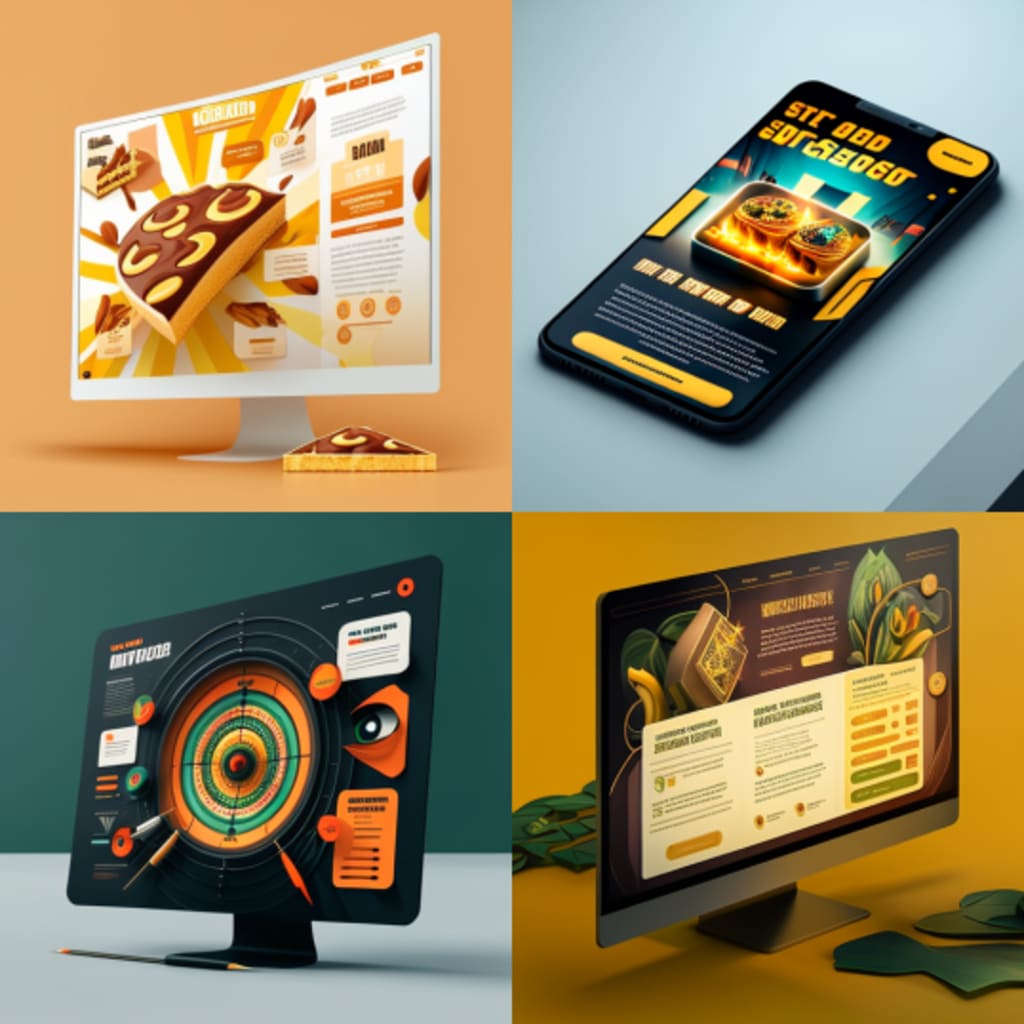Step-by-Step Guide to Learning UI/UX Design: From Beginner to Advanced Level
A Comprehensive Approach to Mastering the Principles, Tools, and Skills of UI/UX Design, and Launching Your Career in the Field

Introduction:
UI/UX design is a rapidly growing field, and there is a huge demand for skilled designers. UI/UX design is not just about making something look pretty; it is about creating an engaging user experience that meets the needs of the user. If you are interested in becoming a UI/UX designer, then this guide will provide you with a step-by-step approach to learning UI/UX design, from beginner to advanced level.
Step 1: Understand the Basics
Before you start designing interfaces, it is essential to understand the basic principles of UI/UX design. This includes understanding user interface design, user experience design, typography, color theory, layout, and design principles.
User Interface Design:
User interface design is the process of designing the visual elements of an interface, including buttons, icons, menus, and other interactive elements. The main goal of UI design is to create an interface that is intuitive, easy to use, and aesthetically pleasing.
User Experience Design:
User experience design is the process of designing the overall experience of using a product, including its functionality, usability, and accessibility. The main goal of UX design is to create an interface that meets the needs of the user and provides a satisfying experience.
Typography:
Typography is the art of arranging type to make written language legible, readable, and appealing when displayed. Understanding typography is essential for designing interfaces that are easy to read and visually appealing.
Color Theory:
Color theory is the study of color and its use in art and design. Understanding color theory is essential for creating interfaces that are visually appealing and communicate the right message to the user.
Layout:
Layout is the process of arranging visual elements on a page. Understanding layout is essential for creating interfaces that are well-organized, easy to navigate, and visually appealing.
Design Principles:
Design principles are the fundamental concepts that guide the design process. These principles include balance, contrast, emphasis, proportion, and unity. Understanding these principles is essential for creating interfaces that are visually appealing and functional.
Step 2: Choose Your Tools
There are many tools available for UI/UX design. Some of the popular tools include Sketch, Adobe XD, Figma, and InVision. It is essential to choose a tool that suits your workflow and meets your requirements.
Sketch:
Sketch is a vector-based design tool that is popular among UI/UX designers. It is a powerful tool that is easy to use and provides a range of features that make designing interfaces easy and intuitive.
Adobe XD:
Adobe XD is a vector-based design tool that is part of the Adobe Creative Suite. It is a popular tool among UI/UX designers and provides a range of features that make designing interfaces easy and intuitive.
Figma:
Figma is a cloud-based design tool that is popular among UI/UX designers. It is a powerful tool that is easy to use and provides a range of features that make designing interfaces easy and intuitive.
InVision:
InVision is a cloud-based design tool that is popular among UI/UX designers. It is a powerful tool that provides a range of features that make designing interfaces easy and intuitive.
Step 3: Design Your First Interface
Once you have a good understanding of the basics and have chosen your tools, it is time to start designing your first interface. Start with a simple project such as a landing page or a mobile app interface. As you design, keep in mind the principles you learned in step 1.
Step 4: Get Feedback
It is essential to get feedback on your designs. Share your designs with friends, colleagues, or online communities for constructive feedback. This feedback will help you identify areas for improvement and give you a different perspective on your designs.
Step 5: Improve Your Skills
UI/UX design is a continuous learning process. Keep learning new skills and techniques to improve your designs. Take online courses, attend workshops, and read blogs to stay up-to-date on the latest design trends.
Step 6: Build a Portfolio
As you gain experience in UI/UX design, start building your portfolio. A portfolio is a collection of your best work that showcases your skills and experience. Use your portfolio to showcase your skills and apply for UI/UX design jobs.
Step 7: Apply for UI/UX Design Jobs
Once you have a good portfolio and feel confident in your skills, it is time to apply for UI/UX design jobs. Look for job opportunities on job boards, company websites, and social media platforms. Make sure to tailor your application to each job you apply for and showcase your relevant skills and experience.
In conclusion, UI/UX design is a complex field that requires a combination of technical skills and creativity. To learn UI/UX design, start with the basics, choose your tools, design interfaces, get feedback, improve your skills, build a portfolio, and apply for jobs. With dedication and hard work, you can become a skilled UI/UX designer.
About the Creator
Enjoyed the story? Support the Creator.
Subscribe for free to receive all their stories in your feed. You could also pledge your support or give them a one-off tip, letting them know you appreciate their work.






Comments
There are no comments for this story
Be the first to respond and start the conversation.